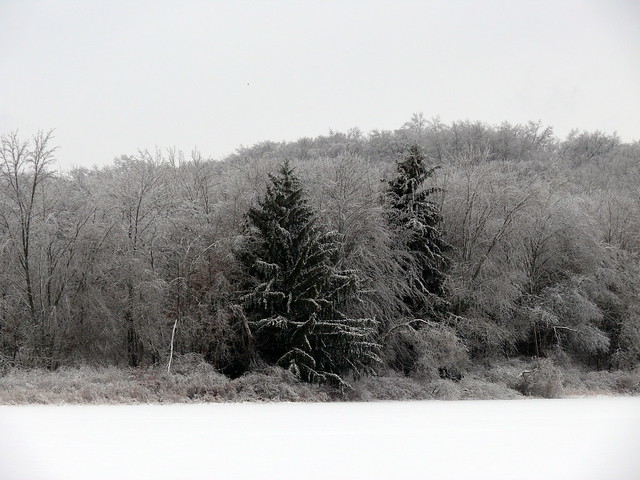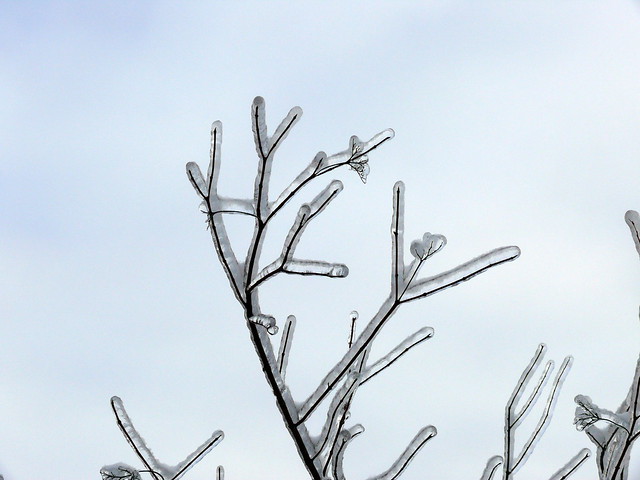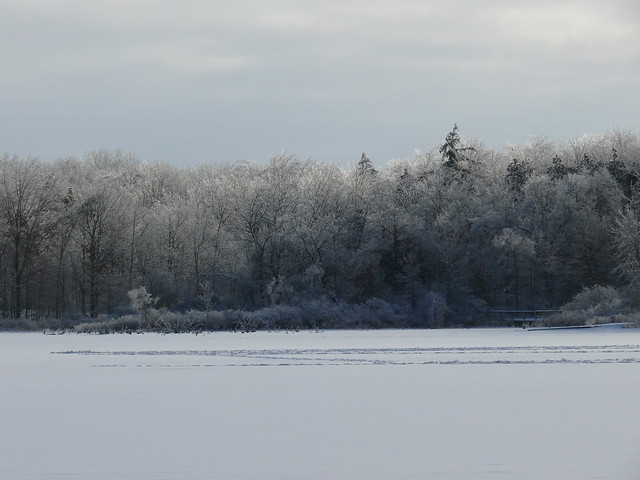This is a collection of links to articles about, and interviews with, poet and environmentalist Gary Snyder. They are in roughly chronological order, and will be updated as time and interest allows.
“The Wild Mind of Gary Snyder”, Shambhala Sun interview, May 1996.
“The Art of Poetry”, Paris Review interview with GS, 1996.
GS in 2009 at U.C. Berkeley on the 50th anniversary of publishing RipRap. (video)
The Oregonian interview with GS, June 2011.
NCTV Interview with GS in 2012. (video)
“The Man in the Clearing”, Ian Sinclair discusses GS, London Review of Books, May 2012. (essay and video)








